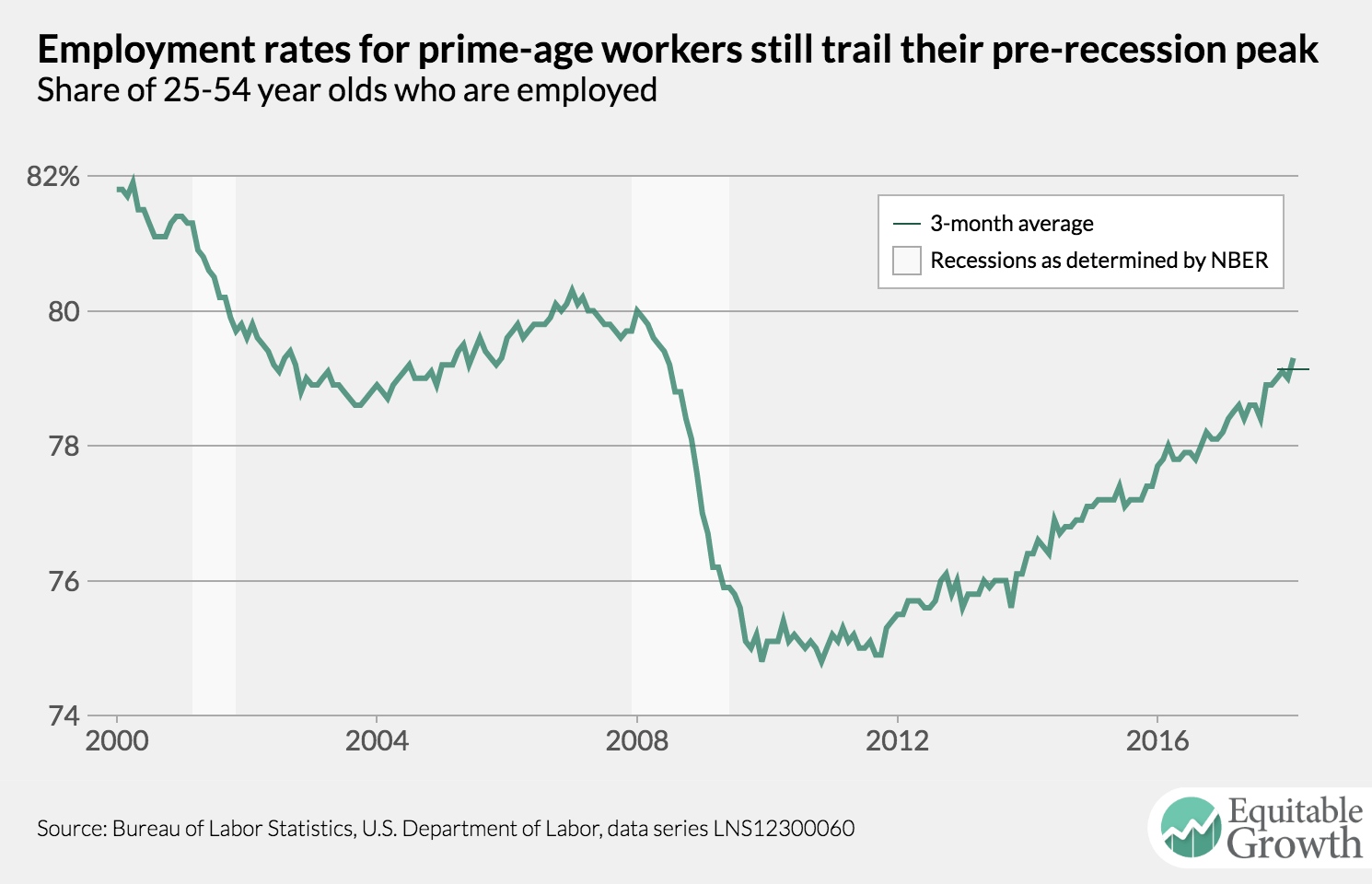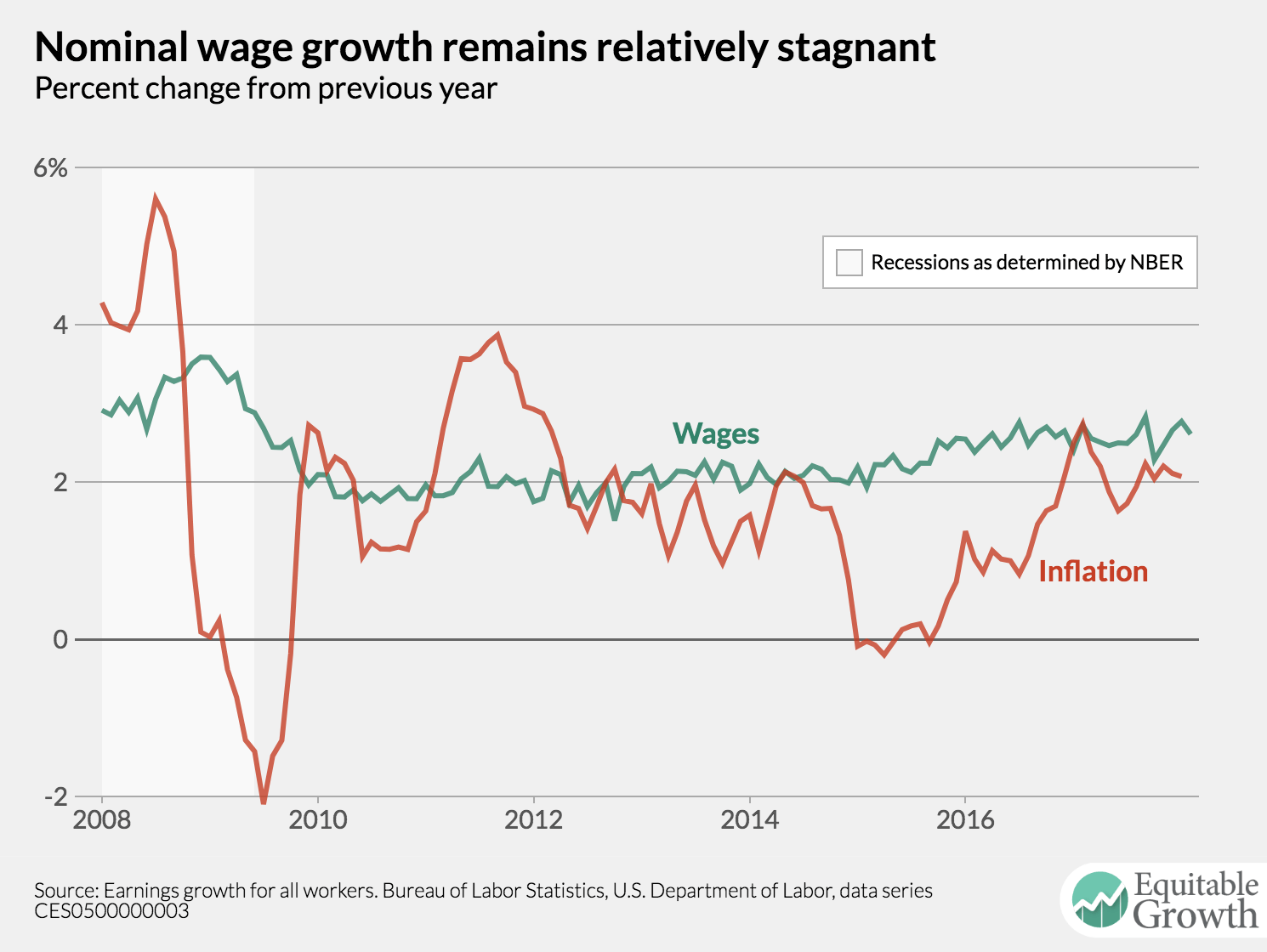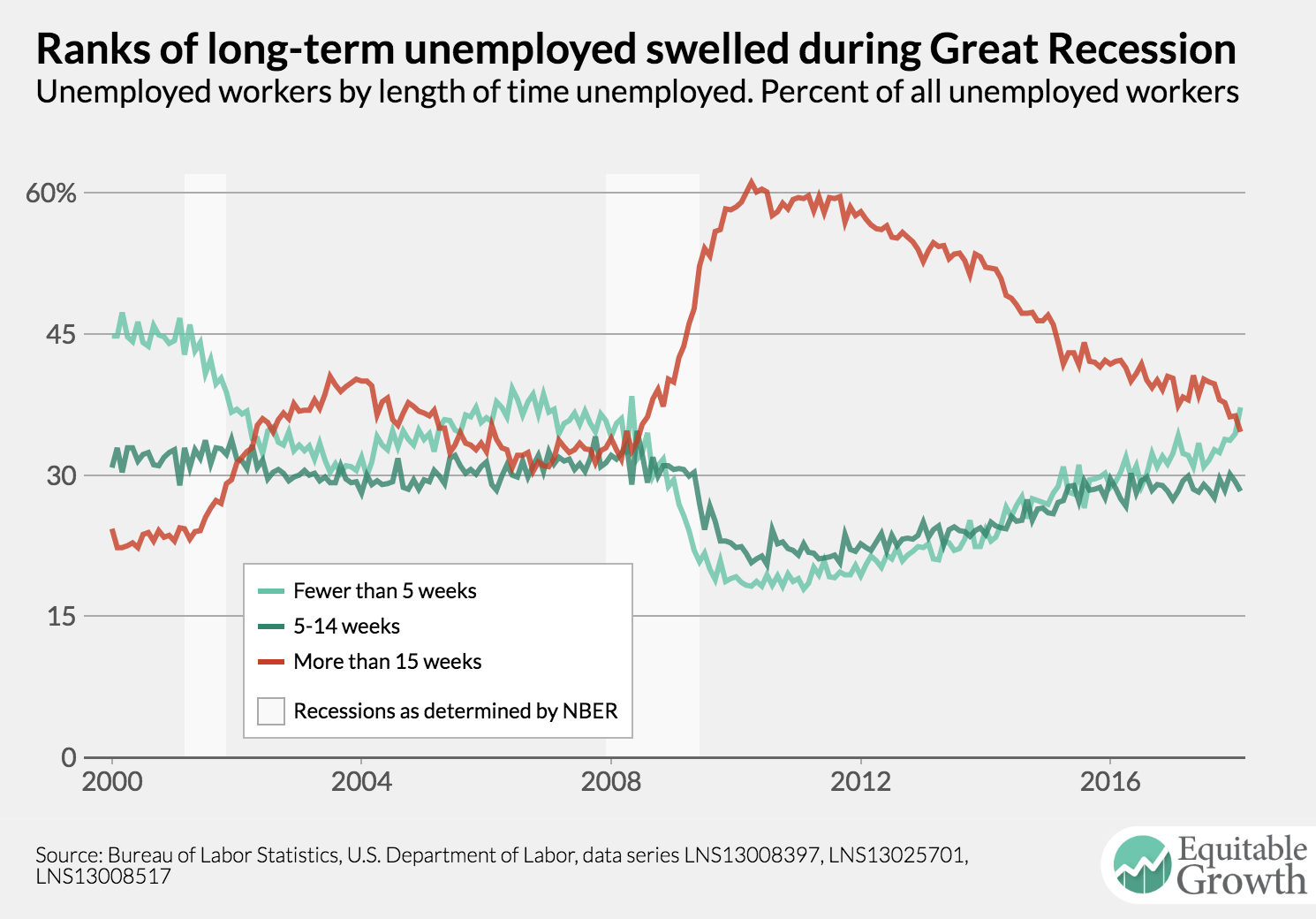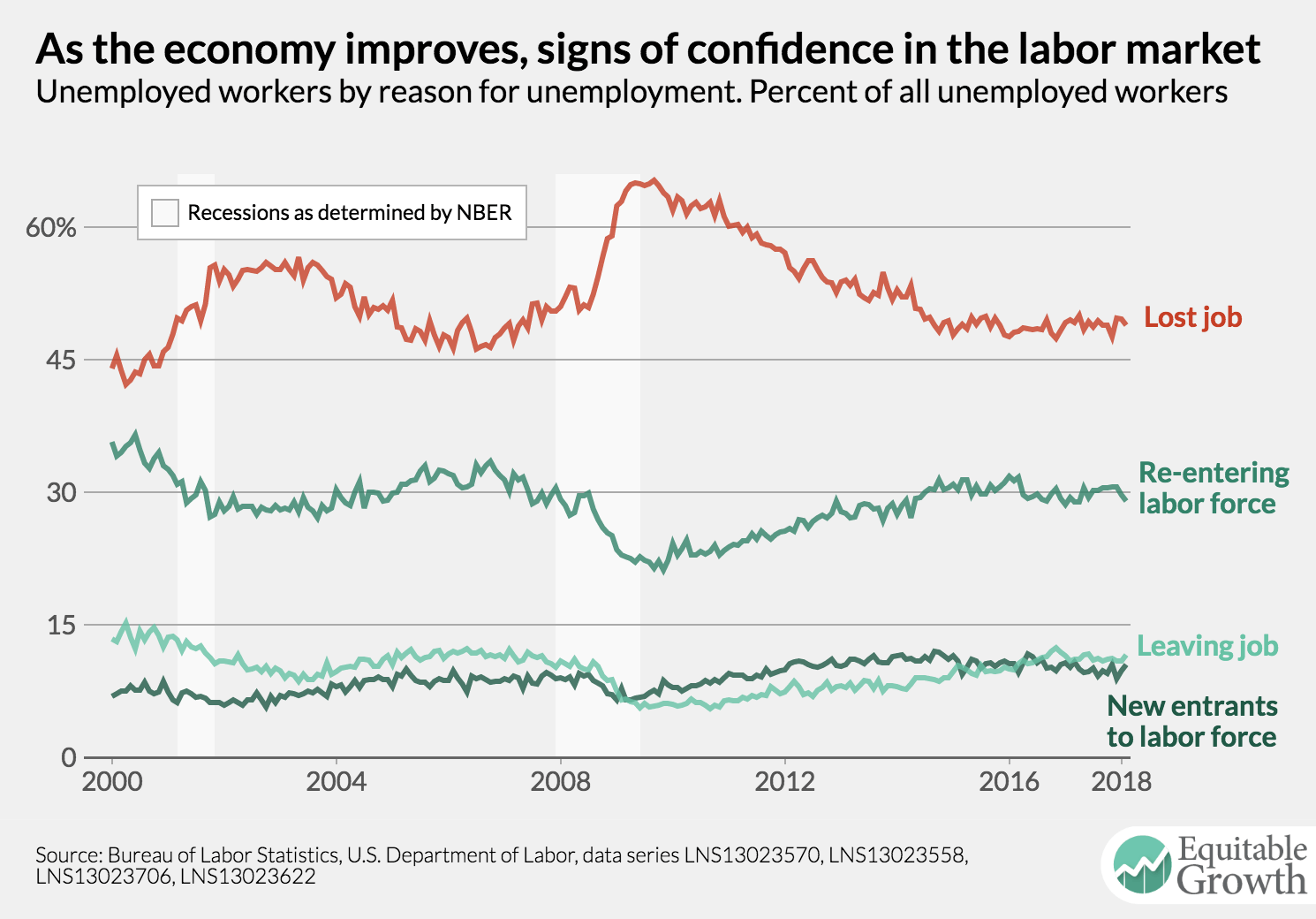
After years of dormancy, inflation in the U.S. economy just might be heading upward. The Federal Reserve’s preferred measure of inflation-the personal consumption expenditures price index-is still growing below the central bank’s 2 percent inflation target, but recent data might indicate the beginning of an uptick. Over the past year the so-called core inflation measure of that index (minus food and energy prices) has grown 1.5 percent, but over the past three months it rose at a 1.9 percent annualized rate. But if inflation has yet to hit the target consistently, why has the central bank been raising interest rates? It may have to do with a perhaps undue fear of overshooting that target.
Overshooting is way of ensuring that the Fed has provided enough economic stimulus (by injecting more money into the economy) or seen enough economic stimulus provided by fiscal policymakers (by spending money or reducing taxes) so that the economy is firing on all cylinders. If inflation were slightly above the Fed’s target, then it seems quite likely that the labor market would be at or perhaps slightly above full employment consistent with its 2 percent inflation target. Similarly, overshooting inflation would be a signal that other resources in the economy are operating a bit above capacity as the actual output of the economy would be above the “potential output” of the economy.
In short, overshooting the Fed’s inflation target is akin to a long-distance runner who sprints through the finish line-ensuring the race closes at as fast a pace as possible.
So, how could the Fed institute monetary policy that embraces overshooting? One argument is that the Federal Open Markets Committee, the policy arm of the Federal Reserve, could adopt a monetary policy target that incorporates overshooting. So-called level targets such as a price level target or a nominal Gross Domestic Product level target would require overshooting the target rate of inflation or nominal GDP growth (before accounting for inflation) in order to make up for slower growth experienced since the end of the Great Recession.
But perhaps a new target alone wouldn’t be enough. At an event last week hosted by the Hamilton Project, Neel Kashkari, president of the Federal Reserve Bank of Minneapolis, argued that a strong belief in a “nonlinear relationship” between unemployment and inflation among many monetary policymakers is why the Fed has hiked interest rate hikes when the rate of inflation was still below target. A nonlinear relationship means that as the unemployment rate declines with unemployment already low, inflation would increase much quicker than it would amid a similar decline in unemployment when unemployment is high. To make up an example, a 0.1 percentage point decline in the unemployment rate would boost inflation by 0.3 percentage points when unemployment is at 4 percent, but the same decline in unemployment would only lead to a 0.15 percentage point increase in inflation when unemployment is 6 percent.
If there is a nonlinear relationship, then credibly overshooting an inflation target might be difficult because inflation would be hard to control with the labor market and the overall economy already running fairly tight. Yet the economic experience of the past several years suggests that instead there is a linear relationship between the unemployment rate and the inflation rate, and that the relationship is quite weak. Overshooting, it would seem, could be quite manageable.
But if most U.S. monetary policymakers believe in a nonlinear relationship, then overshooting won’t happen, and a move to a level target would be difficult. That means a move toward overshooting would require a rethink of the relationship between slack in the economy and inflation within the Federal Open Markets Committee, either by changing minds or changing members.






